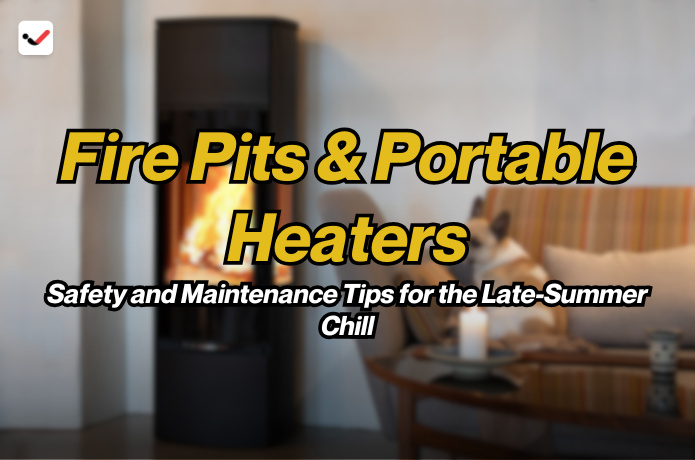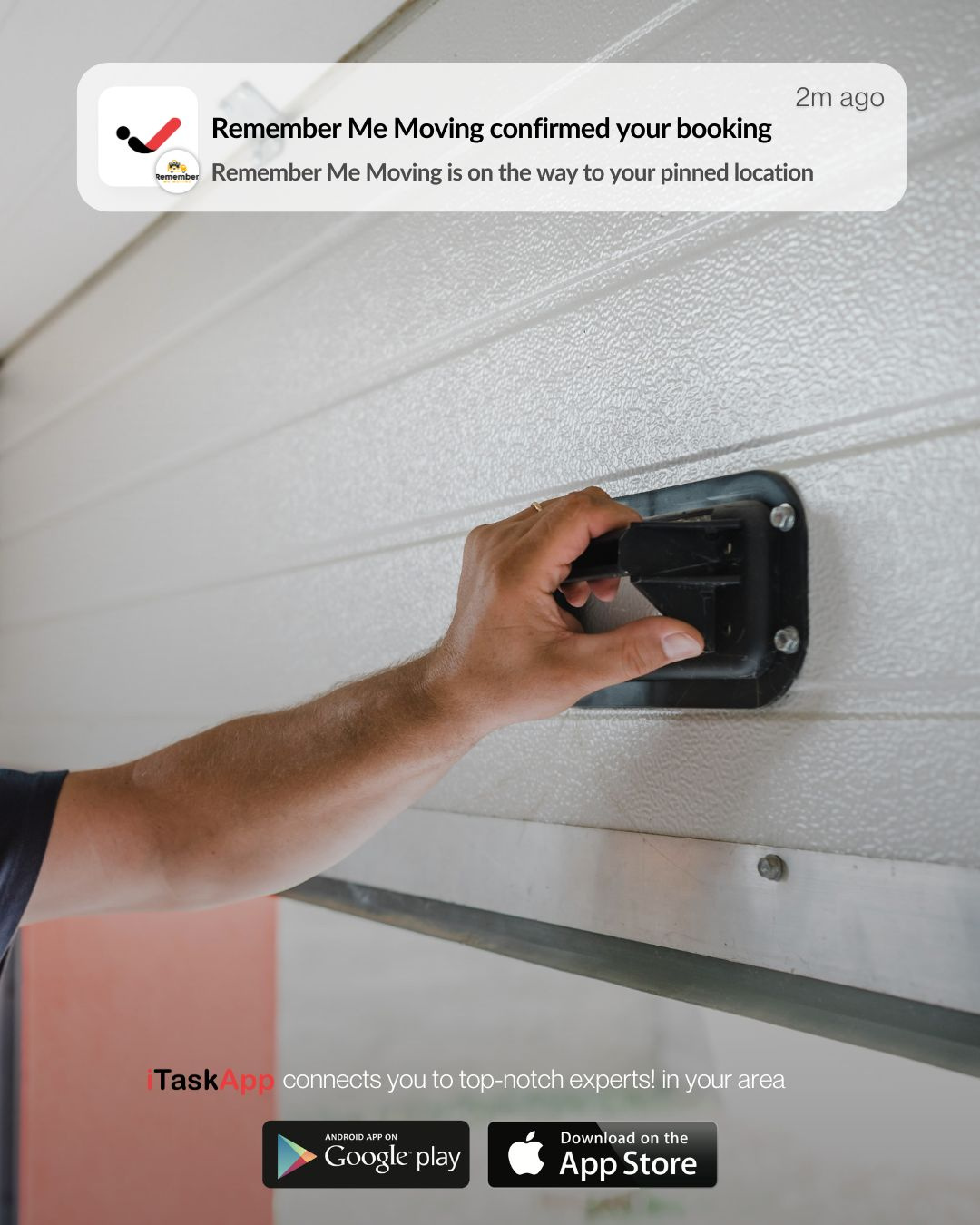Fire Pits & Portable Heaters: Safety and Maintenance Tips for the Late-Summer Chill
Fire Pits & Portable Heaters: Safety and Maintenance Tips for the Late-Summer Chill

Late summer evenings can bring a cool breeze that’s perfect for sitting outside, but sometimes that breeze turns chilly enough to need extra warmth. That’s where fire pits and portable heaters come in. These heat sources let you extend your outdoor season, making patios, decks, and backyards cozy long after the sun sets. Whether you're roasting marshmallows with family or enjoying drinks with friends, a little heat makes all the difference.
But as enjoyable as fire pits and portable heaters are, they come with safety risks and maintenance needs. Using them the wrong way can lead to accidents, fires, or damage to your home. That’s why knowing how to safely operate and care for them is key. This guide will walk you through easy safety practices and upkeep tips so you can stay warm without worry.
Choose the Right Spot
When setting up a fire pit or portable outdoor heater, placement is everything. Keep your fire pit at least 10 feet away from any structures, fences, trees, or anything that can catch fire. Make sure it’s on a flat, non-flammable surface like concrete, stone, or gravel—not directly on grass or a wooden deck.
For patio heaters, place them in open areas with good airflow. Never use them inside garages or enclosed spaces. Look for models labeled “outdoor use only,” and follow those instructions closely. Keeping clear space around heaters is a simple step that greatly reduces the risk of fire.
Use the Right Fuel
Different types of fire pits and heaters require different fuels. Wood-burning fire pits should use dry, seasoned hardwood like oak or hickory. Avoid softwoods like pine, which spark more and produce more smoke. Never burn trash, treated wood, or anything painted or coated.
For propane patio heaters or gas fire pits, always use the correct type of fuel tank. Check for leaks by applying soapy water to connections—bubbles mean there's a leak. Turn off the gas if you smell anything odd, and don’t try to relight the unit until the issue is fixed.
Safe Operation Practices
Fire safety starts with being present. Never leave a lit fire pit or portable heater unattended. Keep kids and pets at a safe distance. Use screens on wood-burning fire pits to stop sparks from flying out, and avoid using them on windy nights.
For outdoor propane heaters, always light them according to the manufacturer’s directions. Usually, this means turning on the gas and pressing an ignition button. If the flame goes out, turn everything off and wait a few minutes before trying again.
Also, always keep a fire extinguisher, sand bucket, or hose nearby—just in case.
Regular Maintenance
Routine maintenance makes your equipment safer and last longer. For wood fire pits, remove ashes after each use. Let them cool completely, then scoop them into a metal container. Clean the fire bowl regularly to prevent rust or buildup.
Gas fire pits and propane patio heaters need regular inspection. Check the hoses and connections for cracks or leaks. Clean the burners with a soft brush to keep the flame even. Wipe down the outside of your heater to remove dirt and grime. These steps can prevent clogs and keep everything running smoothly.
Seasonal Storage Tips
When summer ends and the nights get too cold to be outside, store your fire pit or heater properly. For portable heaters, disconnect the fuel source and store both the heater and fuel tank in a dry, sheltered area. Cover them to protect from dust and moisture.
Fire pits should also be cleaned and covered. If yours is too heavy to move, use a durable outdoor cover. Make sure it’s completely cool and dry before covering to prevent mold and rust.
Weather Awareness
Even in late summer, weather can change fast. Don’t use fire pits or heaters during strong winds. Wind can spread embers or knock over equipment, creating a fire risk. Rain can damage certain parts, especially electrical components in outdoor heaters. Check the weather forecast before lighting anything, and skip the fire if conditions are bad.
Be Mindful of Fire Regulations
Some cities or counties have restrictions on open flames or propane heaters. These rules can change depending on fire danger levels. Always check your local fire department’s website before lighting a fire pit or using a portable heater.
This is especially important during dry spells when fire risk is high. Breaking these rules can lead to fines or worse—uncontrolled fires.
Extend Comfort with the Right Accessories
To enjoy your outdoor heater or fire pit even more, think about comfort and safety together. Use heat-resistant gloves when adding wood or adjusting controls. Consider a spark guard or fire screen for extra protection. A heat-proof mat under your fire pit can protect your patio surface.
For patio heaters, some models come with tip-over shutoff features—these are worth the extra cost. Investing in the right accessories keeps your setup safer and more enjoyable.
Whether you prefer the crackle of a wood fire pit or the push-button ease of a portable propane heater, keeping safety and maintenance in mind will make your outdoor experience much better. With just a few smart steps, you can enjoy the late-summer chill without worry.
By placing heaters safely, using the correct fuel, following basic maintenance, and staying alert to weather and local rules, you turn your outdoor space into a cozy retreat. Keep your fire pit or patio heater in great shape, and it will keep you warm for many seasons to come.

